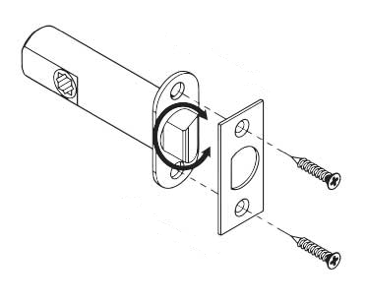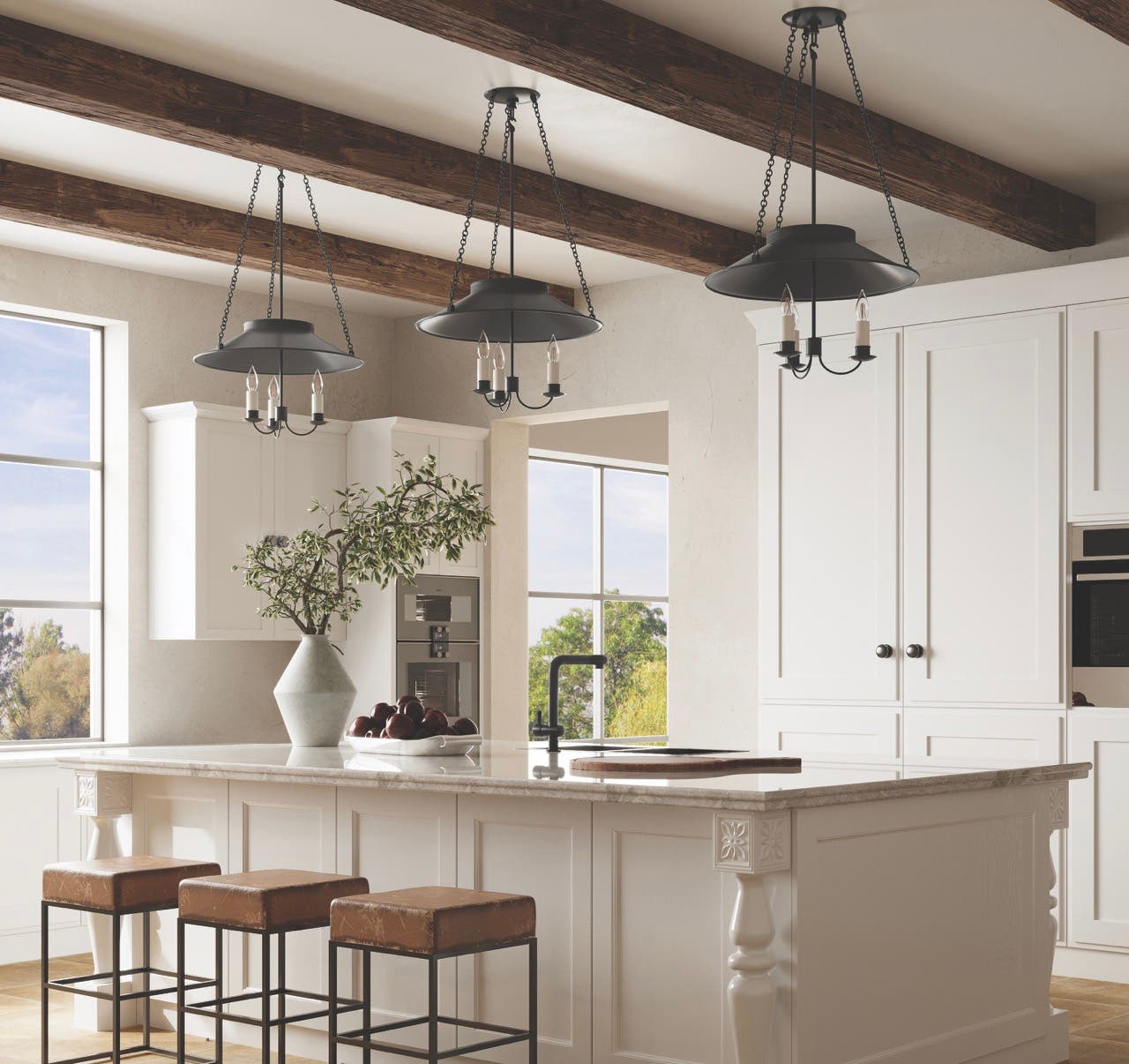
Windows & Doors
Mortise and Tubular Latches/Locks
What is the difference between mortise and tubular latches/locks?
Tubular latches became popular in the early 1950’s. And, as their name implies, the latch mechanism itself is tubular in shape. These latches were initially designed for residential use, but manufacturers later modified the design for commercial use (frequently referring to them as “cylindrical locks”). The vast majority of homes built in the last 60 years have tubular latches.
Example of a tubular latch:
Mortise locks come in many sizes, backsets and functions. They are common in commercial settings due to their strength, security, flexibility and durability. Many commercial spaces, such as schools, hospitals and offices, use mortise locks in high-traffic areas. These locks can last for decades due to their heavy-duty construction. However, they are usually larger than historic, interior mortise locks. They can also carry various UL fire ratings.
Example of a commercial mortise lock:
Most commercial mortise locks have a passage latch operated by a lever or knob, and an integral deadbolt operated by a normal bit key or thumb-turn. Building codes frequently require commercial mortise latches to have an emergency egress function that simultaneously retracts both the passage latch bolt, and the deadbolt latch bolt. Some homes do use a full-sized mortise lock on their front doors, but it is uncommon due to the higher cost.
Like what you read? Need more information? Finding the appropriate hardware for historic projects can be a challenge. We've asked industry expert and Director of Product Development at Nostalgic Warehouse, Bill Metzger to help with the answers. Click here to see more.








